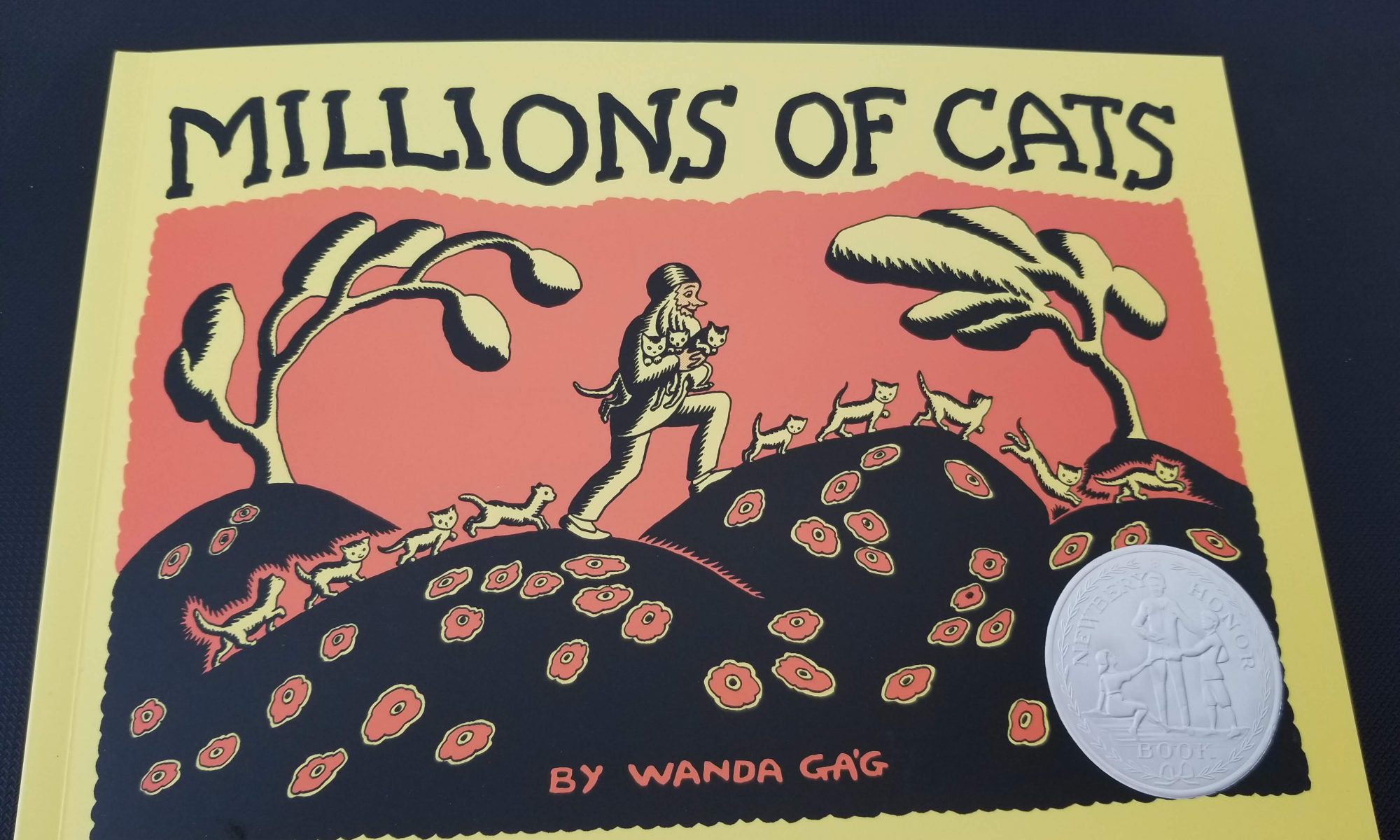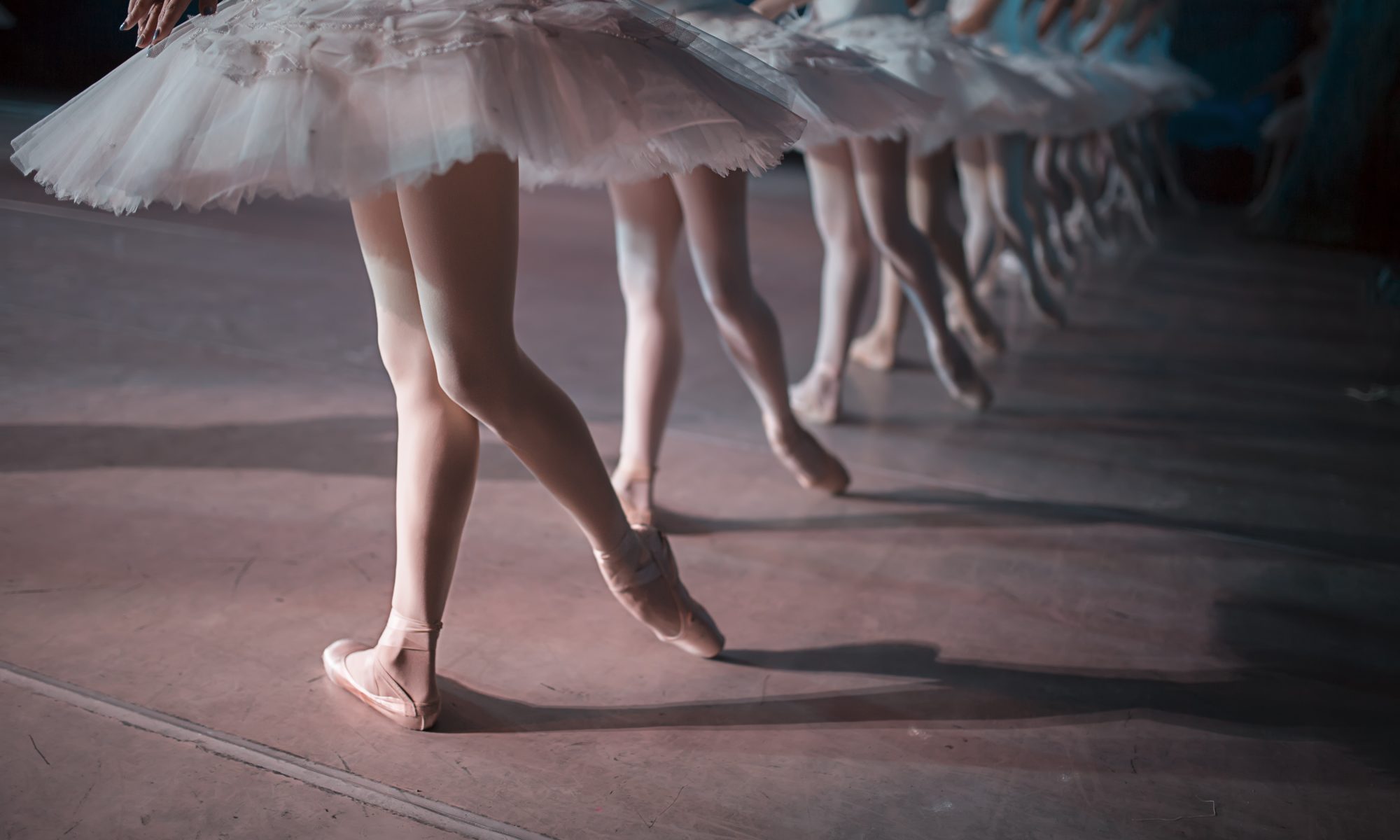I just finished perusing this book titled, Balanchine’s Complete Stories of the Great Ballets . I won’t claim to have read it since I *may* have skipped the first 734 pages. Those pages contained an exhaustive catalogue of “great ballets” according to George Balanchine (from skimming the table of contents, it appears that some of those listed are greater than others).
It is certainly a “great” reference tool and I will plan on keeping it handy for the next time that I’m going to see a pre-1977 ballet (this was the fifth edition). I just can’t imagine that anyone would need/want to read that whole list.
The remaining 150 pages seemed interesting so I dug in.
First was a chapter titled “How to Enjoy Ballet” where Mr.
Balanchine explains his thoughts on how someone who is new to ballet should approach
seeing a ballet performance for the first time.
What was interesting to me is how much importance he ascribed to
familiarizing oneself with the music before one attends a performance. He didn’t feel that it was necessary to have
any technical knowledge of dance, just an appreciation for the skill of the
dancers.
The other key piece of Mr. Balanchine’s advice for the
novice balletgoer really made me smile. It was basically, “if you go to the
ballet and you think you don’t like it, just keep going and eventually you will
like it!” I suppose that you could call
that the “eat your vegetables” approach to ballet appreciation.
The next chapter was “A Brief History of the Ballet,”
followed by “Chronology of Significant Events in the History of Ballet.” This was a detailed timeline beginning with
Lorenzo de Medici (ballet was imported to France by Catherine de Medici as a part
of courtly spectacles). I felt that I had a good grip on the timeline,
dissemination, and evolution of ballet, but this had some interesting details
in it that raised some questions – I have a few things to look into and will
report back!
Next is a brief autobiography by Mr. Balanchine, “How I
Became a Dancer and Choreographer.”
Then, “Ballet for Your Children,” “Careers in Ballet,” and a
glossary which contains some very good illustrations of positions and steps. It was surprising to me how adamant Mr.
Balanchine was that children shouldn’t begin studying ballet until they are
eight years old. It just goes to show
how long I’ve been away from that world that his talk about dancers’
development was a bit shocking in its frankness. It certainly isn’t the way that those things
are talked about these days.
I love classic books, and this is certainly a great addition
to my dance book collection. If you have
questions about a “great ballet,” please let me know and I can tell you what
Mr. Balanchine has to say about it!




